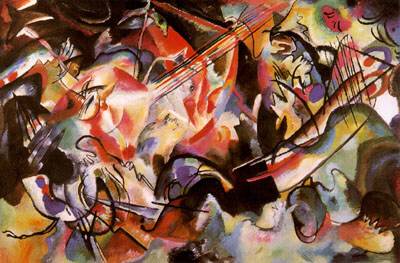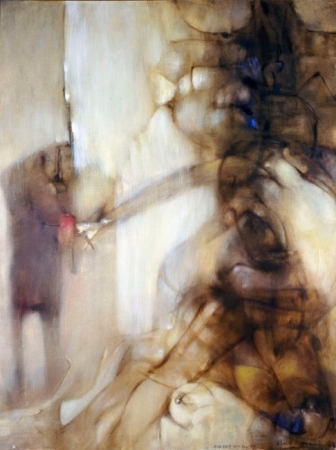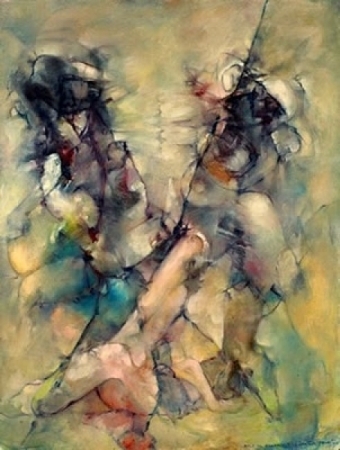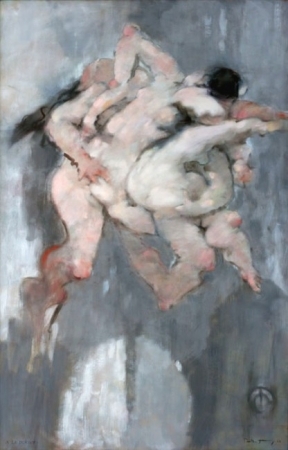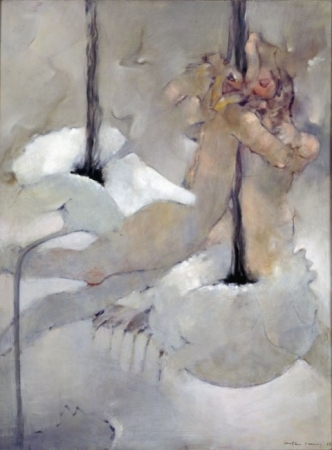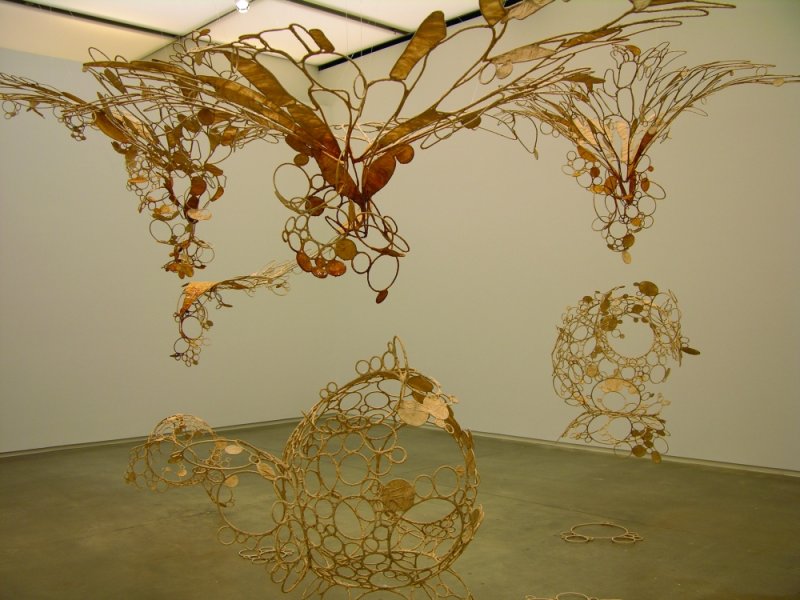
My art is about humanity and it's selfish tendencies. People put themselves first, it's a way of survival. This is especially evident is such an individualized culture as this. Think about skin and how every little piece is a cell that combines to create a whole. Now apply that to behavior. Every action, thought, decision, event; they all create who we are. An obvious metaphor, but I still enjoy how grotesque skin appears close up. I feel the same can be felt about humanity at it's most naked and desperate moments.
New years is about resolutions. And while most are broken, the effort and intent is still valuable. Next time, before you act, think about how your actions are affecting other people. If you say you're going to do something and other people are depending on you, it is not okay to flake for reasons other than emergencies. If you decide you're going to drive somewhere, and a person omits buying a ticket so they can catch a ride with you. You can't flake on them and force them to buy an overpriced train ticket that is not in how they budgeted their money for the next month. It is not okay. Not okay. Sorry, that was a blatant rant, but a relevant example of my art.
People my age are ridiculous. But I know older adults aren't anymore reasonable. This new years eve I have a bitter taste in my mouth when thinking about humanity and trust and reliance. That hope that I talk about in my artwork is being suffocated by frustration. I guess every once in a while you have to be emotive instead of rational.
I think we all can relate at times. My artwork is about harnessing that rationality. That struggle to hold onto it. That moment where, despite all reason and calm thought, you are still let down and making excuses for others is pointless. I think I know what my next project is going to be.
This new year, try and be a good person.











